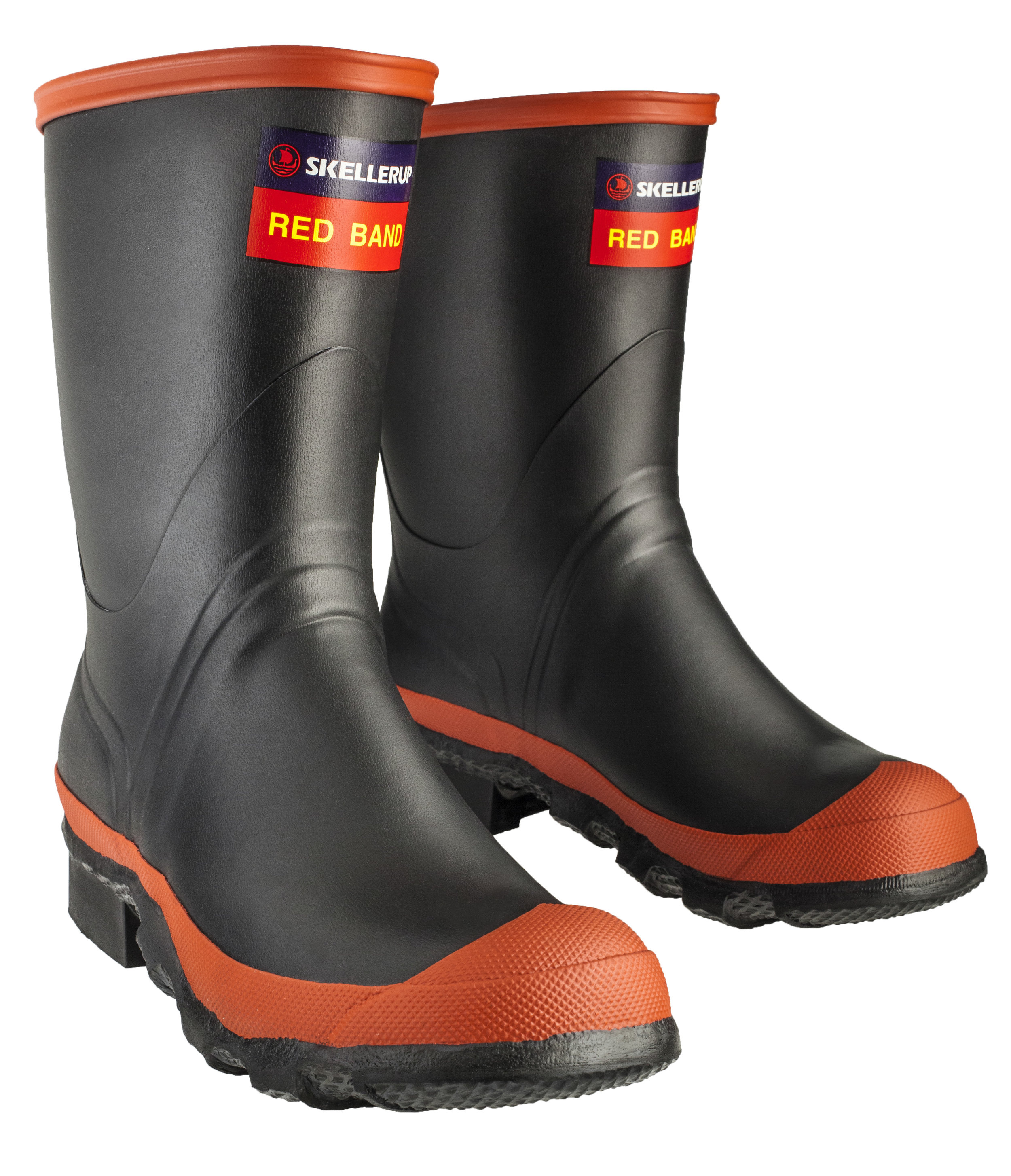Iconic Kiwi Red Band gumboot keeps on keeping on

The Aussies have their dangly cork hats and the Brits their waxed cotton jackets, and this month marks 60 years since the creation of one of New Zealand’s iconic outerwear essentials – the Red Band gumboot.
John Clarke, aka Fred Dagg, cemented our identification with practical rubber footwear in his alternative national anthem, The Gumboot Song. To be fair, Clarke borrowed freely from Billy Connolly’s If It Was’nae For Your Wellies, which he in turn adapted from an older song.
Even if the song isn’t original, Red Bands can claim to be a Kiwi invention. Traditional gumboots topped out just below the knee, like riding boots. Skellerup says their Red Bands were the first short gumboot marketed in New Zealand, and possibly the world. They were also designed from the start to fit the slightly wider Kiwi foot.
“No-one is quite sure who it was at Marathon Rubber Footwear – the forerunner to Skellerup – who had the idea to create a shorter boot but sometime during 1958 the new concept was tried out,” says Skellerup’s national manager footwear, Perry Davis.
The first pair of Red Band gumboots rolled off the production line on 21 October 1958 and became “an instant hit” around the country, he says.

If it ain’t broke
Surprisingly, the modern Red Band gumboot is virtually identical to the original model, apart from the addition of a sponge innersole. Skellerup made the boots in its Woolston factory in Christchurch until the late 80s. It continues to make all the components and the boots are still handmade the same way in Skellerup’s factory in Jiangsu, China.
They are assembled from 38 individual rubber components using six different natural rubber formulations, with UV inhibitors added for New Zealand conditions. The panels are rolled and pressed and cut, rather than just moulded, to make them more flexible and robust. A cotton liner covers a rubber-infused, heavy-duty canvas which adds structure to the boot, protecting them from tearing or separating like cheaper boots. The boots are assembled on metal lasts, then baked in a vulcanizing oven to cure and set the rubber.
Davis says Skellerup has worked hard to preserve Red Band’s reputation for quality and excellence. It has also expanded the brand into several models of gumboots for children, as well as socks, work boots and clothing.
“Red Bands have become part of the Kiwi landscape because they are the no-nonsense gumboot that works, and last a lifetime,” says Davis.




